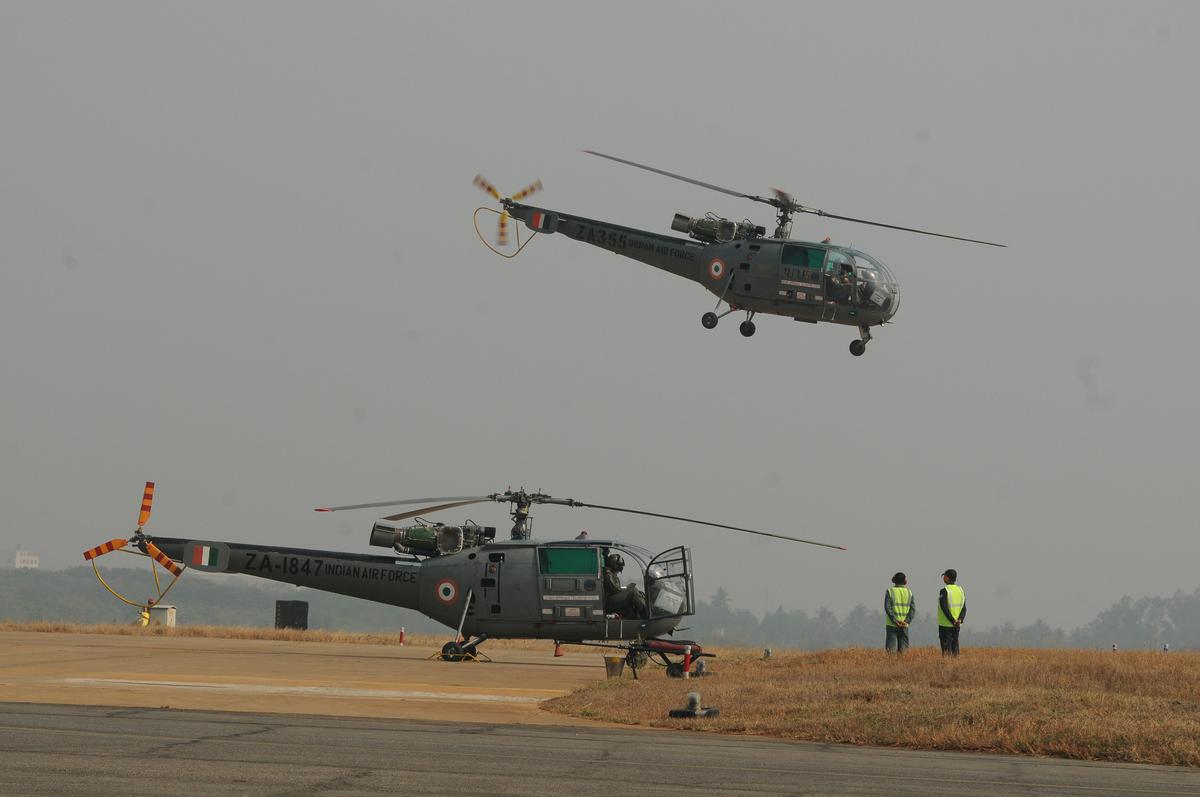With the introduction of the indigenous Light Combat Helicopter (LCH) under way and Apache attack helicopters beginning in 2024, the Army Aviation Corps is currently undergoing a significant expansion of its firepower. But the fleet’s outdated Cheetah and Chetak helicopters, which are essential in high-altitude regions, are in desperate need of replacement. Around 134, or more than 70%, of the 190 Cheetahs and Chetaks in service are older than 30 years old.
On condition of anonymity, a defence official said: “While combat potential has increased significantly and is on the rise, reconnaissance and surveillance capabilities are going to suffer unless induction of Ka-226T and indigenous Light Utility Helicopter (LUH) take place simultaneously to replace the ageing fleet.”
The Hindustan Aeronautics Limited (HAL)-designed and developed LUH has performed admirably, but it would take time for enough units to be produced, the official said.
Additionally, the Air Force is soon to raise its first LCH squadron.
However, the agreement with Russia for 200 Ka-226T utility helicopters has been in limbo for years due to issues with indigenization and is now in danger of being cancelled given the availability of the LUH and the unstable global environment made worse by the conflict in Ukraine, according to two independent defence officials.
Together, the Indian Army and Indian Air Force (IAF) need more than 400 helicopters in this category.
LCH squadron
The Army created its first LCH squadron in Bengaluru on June 1, 2022. After completion, it will transfer to Eastern Command, the official said, noting that a total of seven LCH units with ten helicopters each are planned for use in mountainous fighting.
Three Aviation Brigades are located by the Army in Leh, Missamari, and Jodhpur. 75 of its 145 locally produced Advanced Light Helicopters (ALH) are Rudra weaponized variants. Another official stated that another 25 ALH Mk-IIIs are on order and will be inducted within two years.
The purchase of 39 AH-64 Apache attack helicopters from the United States had received approval from the Cabinet Committee. Following that, a contract inked in September 2015 saw the IAF purchase 22 Apaches. The administration has decided that the Army will receive any additional Apache purchases. In keeping with this, India agreed to purchase six additional Apache helicopters in February 2020 for about $800 million. “Due to the COVID epidemic, there is a delay in the supply of these. Deliveries will now start in the early months of 2024, according to the first official.
Army Aviation took up command of the Army’s Unmanned Aerial Vehicles (UAV) in August 2021; the Artillery had previously been in charge of them. Officials stated that a significant upgrade plan for weaponizing and facilitating satellite communication for the Army’s more than 30 Herons UAVs, with an estimated cost of more than 6000 crore, has been postponed.
According to officials, this is a component of a total upgrading of all Israeli drones used by the three Services that is currently under construction and is expected to cost $21,000 crore.
Additionally, the Army is considering purchasing long-range Hermes 900 UAVs from Israel, which are produced in India by Adani Group, as a result of the agreement for armed Predator drones from the United States being blocked.
Ageing fleet
Five of the 190 Cheetah, Chetak, and Cheetal helicopters used by Army Aviation today—the oldest of which is over 50 years old—are still in service. According to a knowledgeable person, the majority of the fleet—nearly 130 out of the 190—are between 30 and 50 years old.
This fleet serves as a lifeline for evacuating people from high-altitude regions, such as the Siachen Glacier, and transferring supplies. These helicopters are also used by the Navy and IAF in addition to the Army. The IAF, for instance, possesses about 120 Cheetah and Chetak helicopters, including about 18 of the most contemporary models.
The technical life of these helicopters will begin to terminate starting in 2023, as The Hindu has revealed, which would only exacerbate the current flaws.
